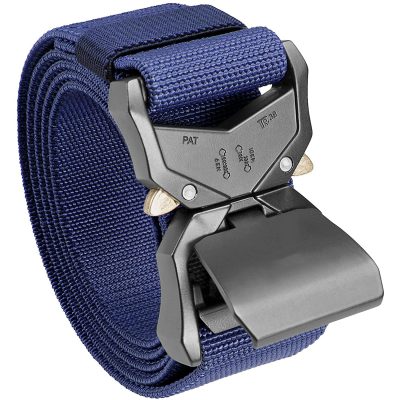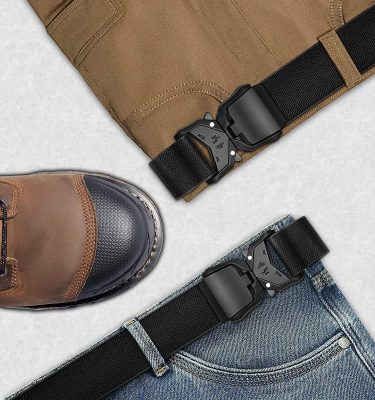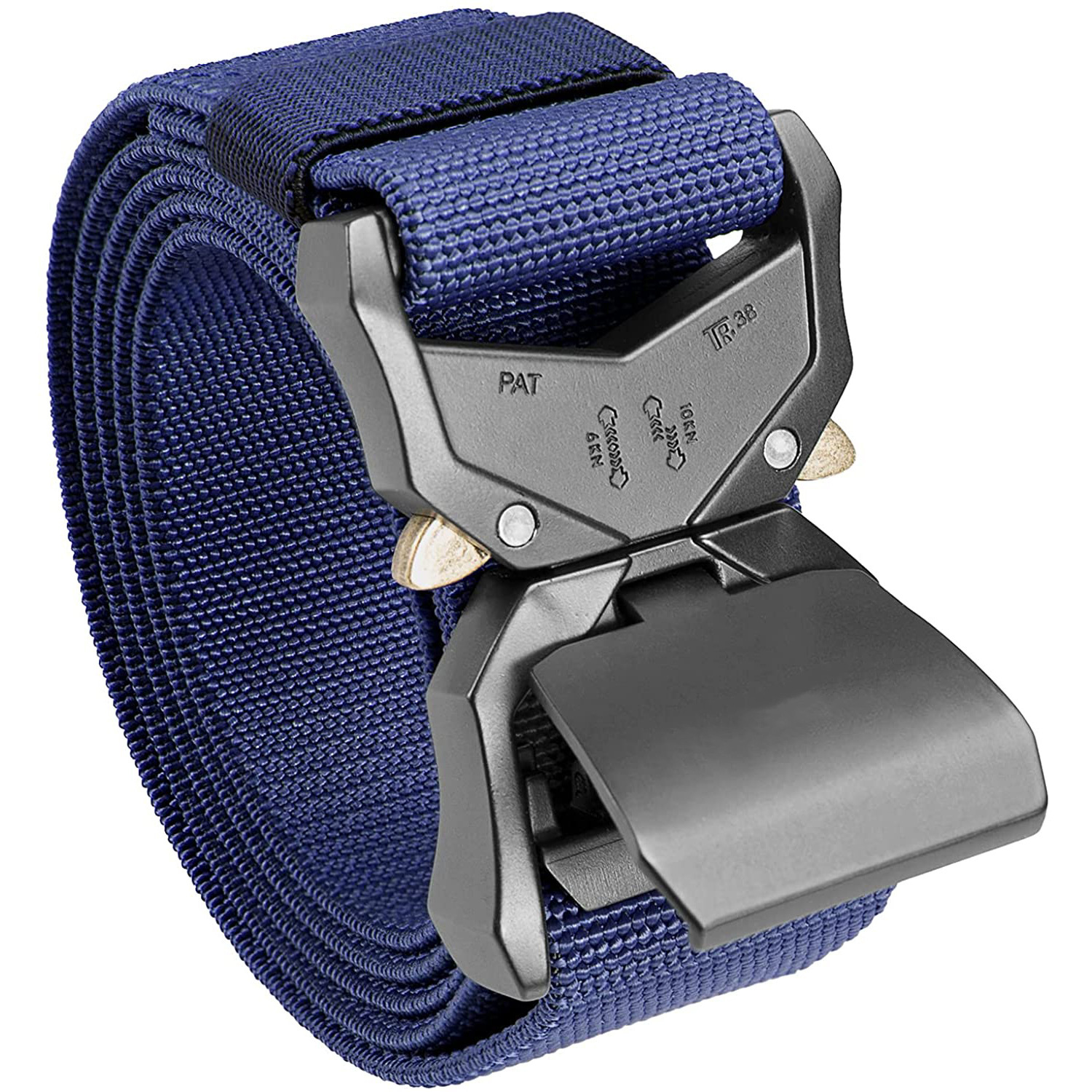Belts are not only functional accessories but also style statements that can elevate your outfit. Here’s a basic guide covering essential aspects of belts:
- Types of Belts:
- Dress Belts: Typically made of leather, these are formal belts worn with suits, dress pants, and formal attire.
- Casual Belts: These are more relaxed in style, often made of materials like canvas, fabric, or suede, suitable for jeans and casual trousers.
- Fashion Belts: These emphasize style over function, often featuring bold buckles, unique designs, or non-traditional materials.
- Utility Belts: Designed for practicality, such as military-style belts with extra pockets or belts for outdoor activities like hiking.
- Belt Materials:
- Leather: Durable and classic, leather belts are versatile and suitable for both formal and casual occasions.
- Canvas: Casual and comfortable, canvas belts are ideal for a laid-back look.
- Suede: Offers a softer texture, often used in casual belts and can add a touch of sophistication to your outfit.
- Fabric: Lightweight and flexible, fabric belts are perfect for relaxed settings and can come in various patterns and colors.
- Belt Widths:
- Formal Belts: Typically narrower, around 1.25 to 1.5 inches wide, to complement dress pants and suits.
- Casual Belts: Broader widths, ranging from 1.5 to 2 inches or more, suitable for jeans and casual trousers.
- Belt Colors:
- Classic Colors: Black and brown are timeless choices that match well with a wide range of outfits.
- Matching: The color of your belt should ideally match your shoes, especially in formal settings.
- Experiment: While black and brown are staples, don’t be afraid to try belts in other colors like navy, gray, or even bold hues for a statement look.
- Belt Buckles:
- Simple Buckles: Minimalist designs are suitable for formal occasions and create a polished look.
- Decorative Buckles: Fashion-forward styles can feature embellishments, engravings, or unique shapes to add personality to your outfit.
- Interchangeable Buckles: Some belts come with removable buckles, allowing you to switch styles easily.
- Belt Sizing:
- Proper Fit: A well-fitting belt should fasten comfortably on the middle hole, with enough length to tuck under the first belt loop or to the side.
- Measuring: Belt sizes typically correspond to your waist size, but it’s best to measure your waist and add a few inches for comfort when selecting a belt.
- Care and Maintenance:
- Cleaning: Regularly wipe leather belts with a damp cloth and condition them with leather conditioner to keep them supple.
- Storage: Hang belts or coil them loosely to prevent creases and maintain their shape.
- Avoid Excess Wear: Rotate between multiple belts to prolong their lifespan and prevent excessive wear and tear.
By understanding these basics, you can choose the right belt for any occasion and ensure that it complements your outfit effortlessly.








